Image of 1970 Chevrolet Corvette, Note: These illustrations use artistic license and may differ from actual historical models.
Performance Metrics
Fundamental Metrics
Emotional Appeal
MMP Rating
| Engine Specifications | |
|---|---|
| Engine: | 350 cu in (5.7 L) Small-Block V8, 454 cu in (7.4 L) Big-Block V8 |
| Displacement: | 350-454 cu in |
| Horsepower: | 300-390 hp |
| Torque: | 380-500 lb-ft |
| Compression Ratio: | 8.5:1 for the 350 cu in engine, 9.0:1 for the 454 cu in engine |
| Ignition System: | Conventional breaker-point ignition system |
| Cooling System: | Liquid-cooled |
| Performance Specifications | |
| 0-60 Time: | 5.7 seconds |
| 1/4 Mile Time: | 14.1 seconds |
| Top Speed: | 140 mph |
| Transmission and Drive | |
| Drive Type: | Rear-wheel drive |
| Transmission Type: | 3-speed automatic, 4-speed manual |
| Fuel and Efficiency | |
| Fuel System Type: | Carburetor |
| MPG: | 10-15 mpg |
| Dimensions and Brakes | |
| Brakes: | Disc brakes on all four wheels |
| Wheelbase: | 98 inches |
| Weight: | 3,200-3,500 lbs |
Note: Specifications for classic cars are given to the best of our ability, considering the limited and variant data available.
1970 Chevrolet Corvette: An American Icon in the Sports Car Pantheon
The 1970 Chevrolet Corvette stands as a testament to American ingenuity and the golden era of muscle cars. Born from the ambition of Chevrolet to create a world-class sports car, this model year marked an evolution of both performance and style that would cement the Corvette's legacy. As the third generation, also known as the C3, hit its stride, the 1970 Corvette emerged with a bolder stance and a promise of uncompromised power. Notably, it was during this time that Zora Arkus-Duntov, the father of the Corvette, continued to influence its engineering excellence.
Design and Innovation
The 1970 Corvette's exterior was a sight to behold, with its long hood, flared fenders, and the unmistakable flying buttress rear window that gave it an almost futuristic appeal. The interior was equally impressive, featuring high-quality materials and a driver-centric cockpit that made no compromises on comfort or style. The use of real leather, wood trim, and intuitive gauges highlighted Chevrolet's attention to detail.
Technologically, this model year introduced innovations like the LT-1 small-block engine—a powerhouse in its own right. Color options ranged from classic whites and silvers to more vibrant choices like Monza Red and Laguna Gray. Among these, the Bridgehampton Blue emerged as a particularly sought-after hue. The coupe was the more popular body style, but it was the convertible that captured hearts with its top-down allure.
Historical Significance
The 1970 Corvette didn't just follow trends—it set them. Its design language influenced countless sports cars that followed. It stood apart with its combination of raw power and refined aesthetics at a time when other manufacturers were just beginning to explore what a sports car could be.
Performance and Handling
With a top speed that could soar past 140 mph and an acceleration from 0-60 mph in under 6 seconds, the 1970 Corvette was no slouch in performance. Its handling was praised for being responsive and forgiving—capable of gliding over imperfections in the road while remaining planted through tight corners. The roar of its V8 engine was music to any gearhead's ears, while the four-speed manual transmission provided an engaging driving experience.
Ownership Experience
The '70 Corvette was versatile enough to serve as a daily driver or a weekend showstopper. It could even hold its own on the racetrack. Maintenance is straightforward for those familiar with classic Chevys, though some parts may be harder to come by due to their age.
Fun Facts
A rare edition known as the ZR1 package offered an even more potent racing-oriented setup. Celebrities like Elvis Presley were known to be fans of the Corvette line. While it faced criticisms for fuel efficiency—a common trait among muscle cars—its charisma was undeniable.
Collector's Information
The current value range for a well-maintained 1970 Corvette can vary widely but typically falls between $20,000 to over $50,000 depending on condition and originality. With production numbers estimated around 17,000 units for that year, they are relatively rare but still accessible for serious collectors. Values have generally appreciated over time as interest in classic American sports cars remains strong.
Conclusion
The 1970 Chevrolet Corvette represents a pivotal moment in automotive history—an embodiment of performance artistry that continues to captivate enthusiasts worldwide. Its blend of raw power and elegant design ensures its place in the pantheon of classic American sports cars.
1970 Chevrolet Corvette Catalog of Parts
 1970 Chevrolet Corvette Radiator Upper Mount Cushion-BC 20-BRadiator Upper Mount Cushion. 1" Wide X 1-1/4" Long X 1-3/16" High. Each
1970 Chevrolet Corvette Radiator Upper Mount Cushion-BC 20-BRadiator Upper Mount Cushion. 1" Wide X 1-1/4" Long X 1-3/16" High. Each 1970 Chevrolet Corvette Shock Absorber Grommet. 1" bottom O.D., 3/4" high-BN 1Shock Absorber Grommet. 1" bottom O.D., 3/4" high., with 7/16" I.D. Each
1970 Chevrolet Corvette Shock Absorber Grommet. 1" bottom O.D., 3/4" high-BN 1Shock Absorber Grommet. 1" bottom O.D., 3/4" high., with 7/16" I.D. Each 1970 Chevrolet Corvette Shock Absorber Grommet. 1" bottom O.D-BN 11Shock Absorber Grommet. 1" bottom O.D., 3/4" high, with 5/8" I.D. Each
1970 Chevrolet Corvette Shock Absorber Grommet. 1" bottom O.D-BN 11Shock Absorber Grommet. 1" bottom O.D., 3/4" high, with 5/8" I.D. Each 1970 Chevrolet Corvette Front coil-spring insulator-BN 110Front coil-spring insulator. Fits '41-'60 Oldsmobile and '50-'83 GM passenger models. 5-3/8 in. OD x 3-3/4 in. ID x 3/4 in. high with 13/16 in. wide bottom flange 1/4" thick, 12 flutes. Each.
1970 Chevrolet Corvette Front coil-spring insulator-BN 110Front coil-spring insulator. Fits '41-'60 Oldsmobile and '50-'83 GM passenger models. 5-3/8 in. OD x 3-3/4 in. ID x 3/4 in. high with 13/16 in. wide bottom flange 1/4" thick, 12 flutes. Each.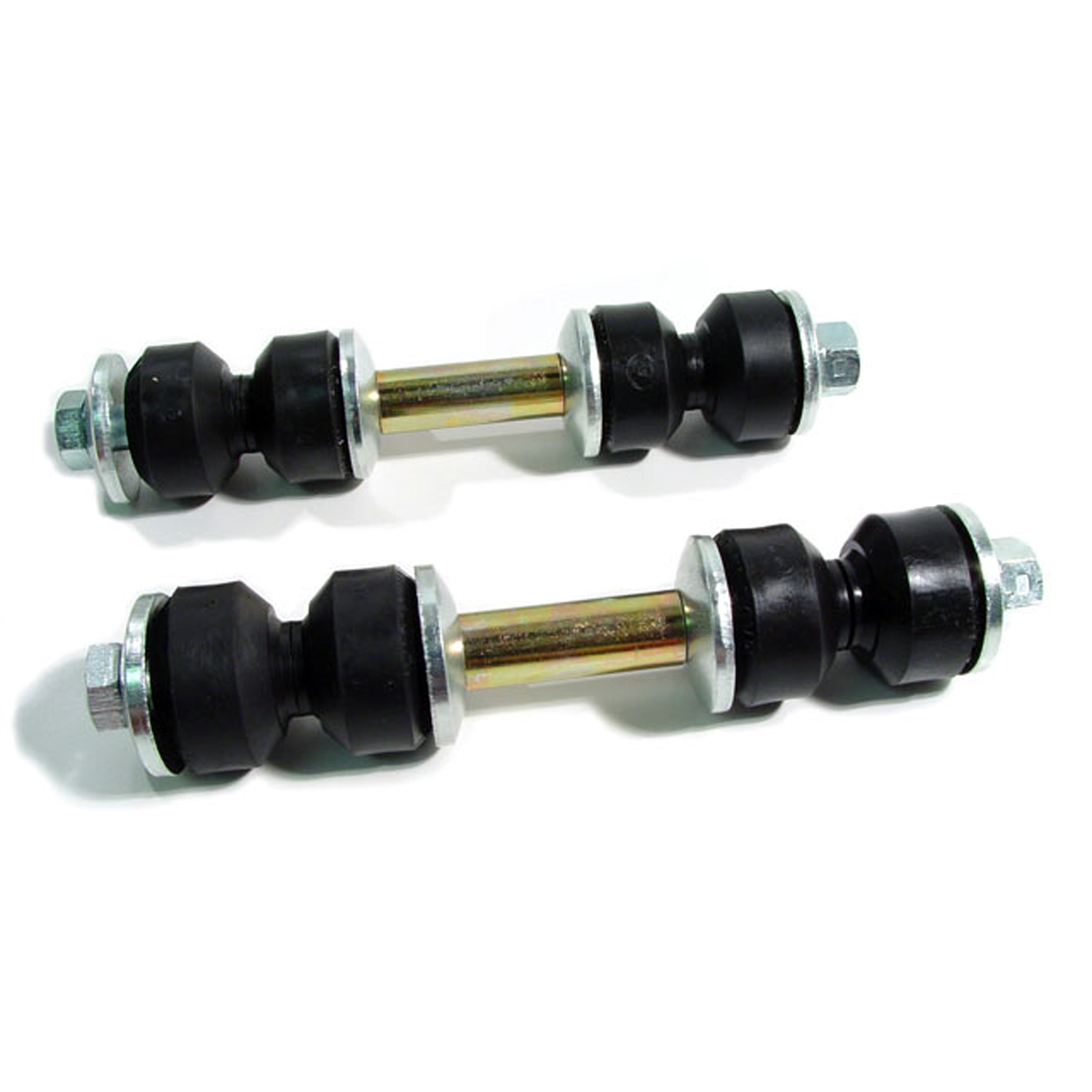 1970 Chevrolet Corvette Front Stabilizer End Repair Kit-BNK 22Front Stabilizer End Repair Kit. 22-piece set for two stabilizer bars. Contains all rubber bushings, washers, bolts and nuts, enough for one front end. Set
1970 Chevrolet Corvette Front Stabilizer End Repair Kit-BNK 22Front Stabilizer End Repair Kit. 22-piece set for two stabilizer bars. Contains all rubber bushings, washers, bolts and nuts, enough for one front end. Set 1970 Chevrolet Corvette Brake Pedal Pad-CB 101-ABrake Pedal Pad. For power brakes or automatic transmissions. 4-3/4" wide X 2-3/4' long. Each
1970 Chevrolet Corvette Brake Pedal Pad-CB 101-ABrake Pedal Pad. For power brakes or automatic transmissions. 4-3/4" wide X 2-3/4' long. Each 1970 Chevrolet Corvette Auto Brake Pedal Pad. 6-3/4" wide X 2-1/2" long. Each-CB 99-CAuto Brake Pedal Pad. 6-3/4" wide X 2-1/2" long. Each
1970 Chevrolet Corvette Auto Brake Pedal Pad. 6-3/4" wide X 2-1/2" long. Each-CB 99-CAuto Brake Pedal Pad. 6-3/4" wide X 2-1/2" long. Each 1970 Chevrolet Corvette Windshield Pillar Post Seals for Convertibles-CZ 2001Windshield Pillar Post Seals for Convertibles, with attached hinge pillar. 27-3/4" long. Pair
1970 Chevrolet Corvette Windshield Pillar Post Seals for Convertibles-CZ 2001Windshield Pillar Post Seals for Convertibles, with attached hinge pillar. 27-3/4" long. Pair 1970 Chevrolet Corvette Rear vertical window seals. '68-'77 Corvette coupe-ELP 2050Rear vertical window seals. '68-'77 Corvette coupe. 10-1/2 in. long. Pair. R&L.
1970 Chevrolet Corvette Rear vertical window seals. '68-'77 Corvette coupe-ELP 2050Rear vertical window seals. '68-'77 Corvette coupe. 10-1/2 in. long. Pair. R&L. 1970 Chevrolet Corvette Deck Lid Stop Bumper. 2" diameter, 7/16" thick, 1" bolt-HA 20Deck Lid Stop Bumper. 2" diameter, 7/16" thick, 1" bolt. Each
1970 Chevrolet Corvette Deck Lid Stop Bumper. 2" diameter, 7/16" thick, 1" bolt-HA 20Deck Lid Stop Bumper. 2" diameter, 7/16" thick, 1" bolt. Each 1970 Chevrolet Corvette Door Mirror Pad. 1-3/4" wide X 3-3/8" long. Each-MP 484-XDoor Mirror Pad. 1-3/4" wide X 3-3/8" long. Each
1970 Chevrolet Corvette Door Mirror Pad. 1-3/4" wide X 3-3/8" long. Each-MP 484-XDoor Mirror Pad. 1-3/4" wide X 3-3/8" long. Each 1970 Chevrolet Corvette Basic Kit., for T-Top Coupe-RKB 2000-101Basic Kit., for T-Top Coupe. Door (LM 19-C) Pillar Post (CZ 2001) T-Top (TP 2000) Rear Vertical (ELP 2050), Seals.
1970 Chevrolet Corvette Basic Kit., for T-Top Coupe-RKB 2000-101Basic Kit., for T-Top Coupe. Door (LM 19-C) Pillar Post (CZ 2001) T-Top (TP 2000) Rear Vertical (ELP 2050), Seals. 1970 Chevrolet Corvette Sun Visor Rod Rubber Grommet. 3/4" long. Gray. Each-RP 303-CSun Visor Rod Rubber Grommet. 3/4" long. Gray. Each
1970 Chevrolet Corvette Sun Visor Rod Rubber Grommet. 3/4" long. Gray. Each-RP 303-CSun Visor Rod Rubber Grommet. 3/4" long. Gray. Each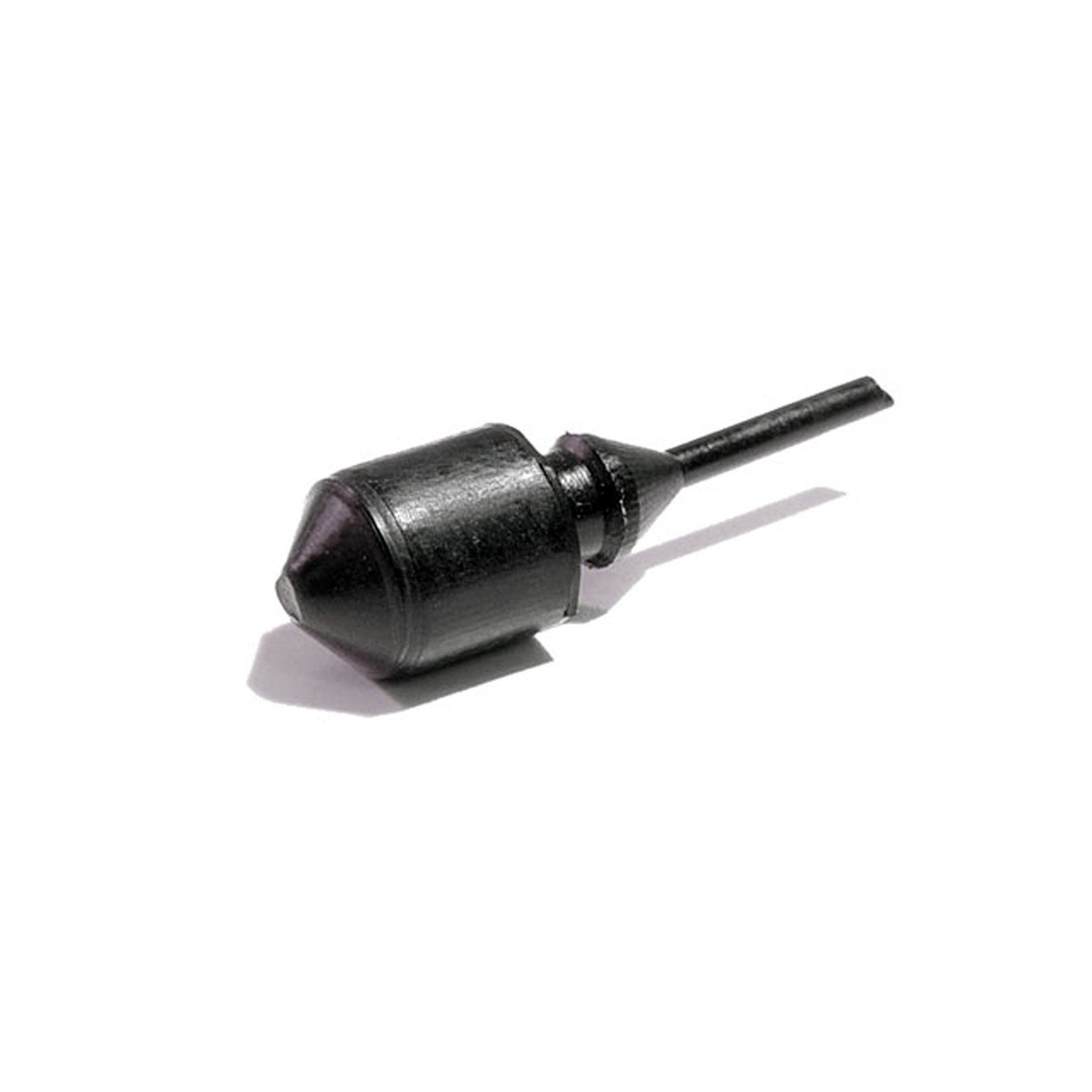 1970 Chevrolet Corvette Snap-In Bumper for Rear Compartment. Each-SB 69Snap-In Bumper for Rear Compartment. Each
1970 Chevrolet Corvette Snap-In Bumper for Rear Compartment. Each-SB 69Snap-In Bumper for Rear Compartment. Each 1970 Chevrolet Corvette Dash and Firewall Grommet. Single-hole type is for one wire-SM 101Dash and Firewall Grommet. Single-hole type is for one wire. Each
1970 Chevrolet Corvette Dash and Firewall Grommet. Single-hole type is for one wire-SM 101Dash and Firewall Grommet. Single-hole type is for one wire. Each 1970 Chevrolet Corvette 3-Hole Wire Harness Grommet. Each-SM 36-A3-Hole Wire Harness Grommet. Each
1970 Chevrolet Corvette 3-Hole Wire Harness Grommet. Each-SM 36-A3-Hole Wire Harness Grommet. Each 1970 Chevrolet Corvette Hood Release Cable Grommet at Firewall. Fits 1-1/8" hole-SM 55-CHood Release Cable Grommet at Firewall. Fits 1-1/8" hole. Each
1970 Chevrolet Corvette Hood Release Cable Grommet at Firewall. Fits 1-1/8" hole-SM 55-CHood Release Cable Grommet at Firewall. Fits 1-1/8" hole. Each 1970 Chevrolet Corvette Timing Hole Plug. For 6-cylinder engines. 1-3/4" X 1-1/4"-SM 59Timing Hole Plug. For 6-cylinder engines. 1-3/4" X 1-1/4". Each
1970 Chevrolet Corvette Timing Hole Plug. For 6-cylinder engines. 1-3/4" X 1-1/4"-SM 59Timing Hole Plug. For 6-cylinder engines. 1-3/4" X 1-1/4". Each 1970 Chevrolet Corvette Firewall insulation fastener. 1 in. dia. W head. 1-1/2 in. L-SM 80-AFirewall insulation fastener. 1 in. dia. W head. 1-1/2 in. L. Replaces OEM#'s (GM) 7642589 and (AMC) 4001934. Black. Each.
1970 Chevrolet Corvette Firewall insulation fastener. 1 in. dia. W head. 1-1/2 in. L-SM 80-AFirewall insulation fastener. 1 in. dia. W head. 1-1/2 in. L. Replaces OEM#'s (GM) 7642589 and (AMC) 4001934. Black. Each. 1970 Chevrolet Corvette T-Top Seals. Includes clips and molded corners. No core-TP 2000T-Top Seals. Includes clips and molded corners. No core. For early '77 models. May be modified for '68. Pair R&L
1970 Chevrolet Corvette T-Top Seals. Includes clips and molded corners. No core-TP 2000T-Top Seals. Includes clips and molded corners. No core. For early '77 models. May be modified for '68. Pair R&L 1970 Chevrolet Corvette Unbeaded Door and Trunk Lock Gasket. 1-3/16" O.D., 7/8" I.D-UM 1600-100Unbeaded Door and Trunk Lock Gasket. 1-3/16" O.D., 7/8" I.D. Each
1970 Chevrolet Corvette Unbeaded Door and Trunk Lock Gasket. 1-3/16" O.D., 7/8" I.D-UM 1600-100Unbeaded Door and Trunk Lock Gasket. 1-3/16" O.D., 7/8" I.D. Each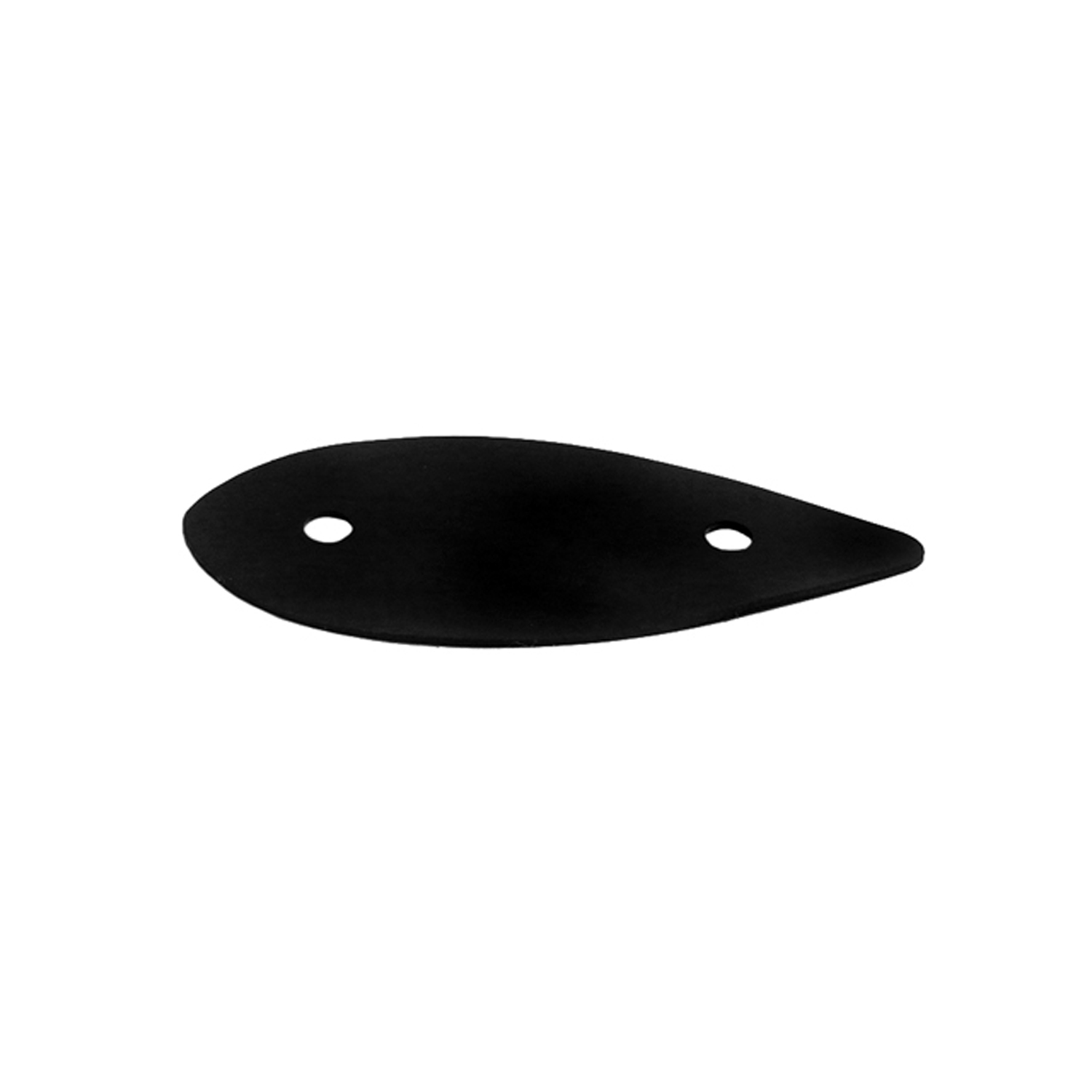 1970 Chevrolet Corvette Unbeaded Mirror Gasket. Each-UM 2000-102Unbeaded Mirror Gasket. Each
1970 Chevrolet Corvette Unbeaded Mirror Gasket. Each-UM 2000-102Unbeaded Mirror Gasket. Each 1970 Chevrolet Corvette Quarter Window Reveal Molding Clip. Made of Steel-WF 205Quarter Window Reveal Molding Clip. Made of Steel. 1-3/8" X 11/16". Each
1970 Chevrolet Corvette Quarter Window Reveal Molding Clip. Made of Steel-WF 205Quarter Window Reveal Molding Clip. Made of Steel. 1-3/8" X 11/16". Each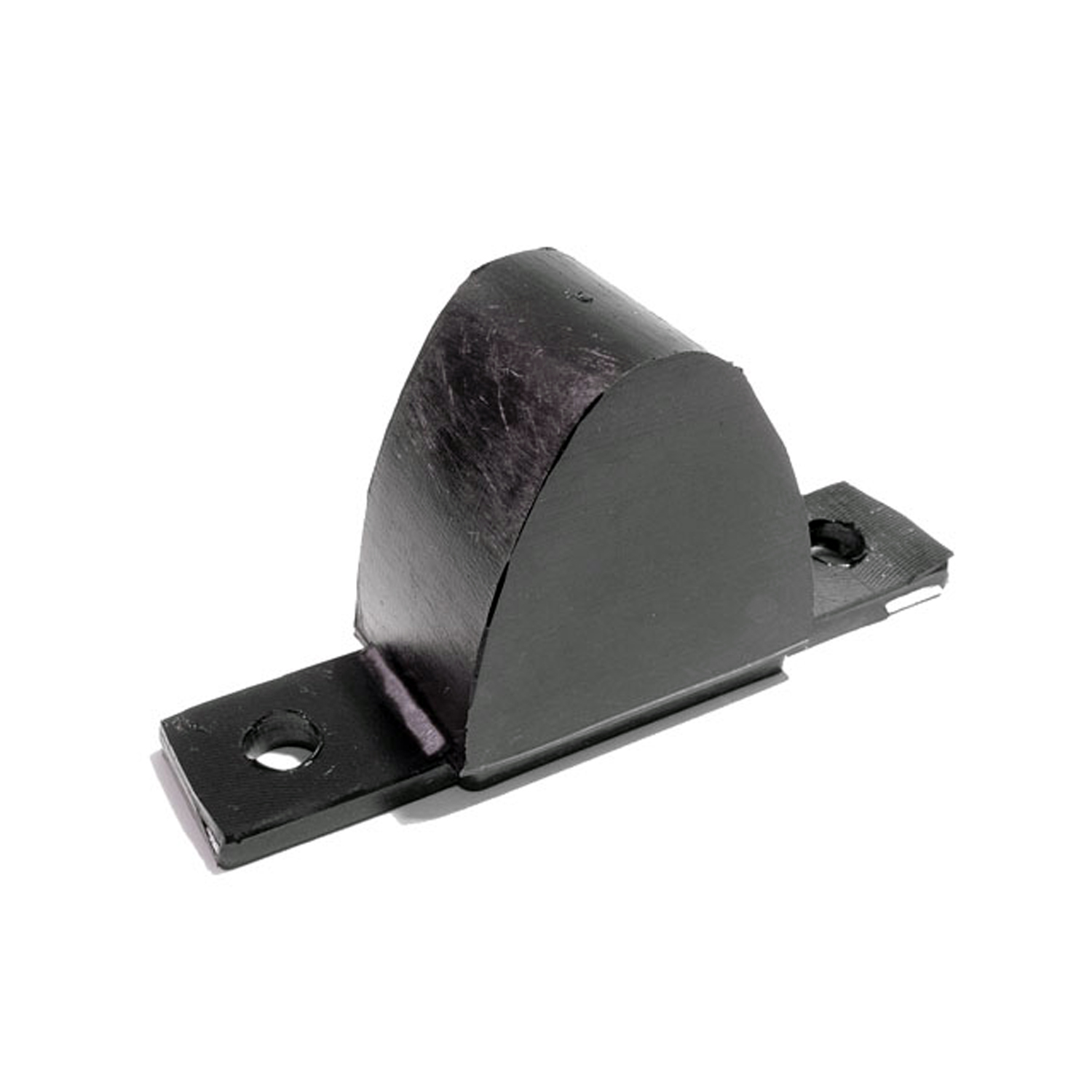 1970 Chevrolet Corvette Lower A-Arm Bumper. 3-7/8" long, 1-7/8" high. Each-XB 100Lower A-Arm Bumper. 3-7/8" long, 1-7/8" high. Each
1970 Chevrolet Corvette Lower A-Arm Bumper. 3-7/8" long, 1-7/8" high. Each-XB 100Lower A-Arm Bumper. 3-7/8" long, 1-7/8" high. Each 1970 Chevrolet Corvette Upper A-Arm Bumper. Each-XB 101Upper A-Arm Bumper. Each
1970 Chevrolet Corvette Upper A-Arm Bumper. Each-XB 101Upper A-Arm Bumper. Each 1970 Chevrolet Corvette Front Suspension Bumper. For steering knuckle support-XB 20Front Suspension Bumper. For steering knuckle support. 1-3/8" high. Each
1970 Chevrolet Corvette Front Suspension Bumper. For steering knuckle support-XB 20Front Suspension Bumper. For steering knuckle support. 1-3/8" high. Each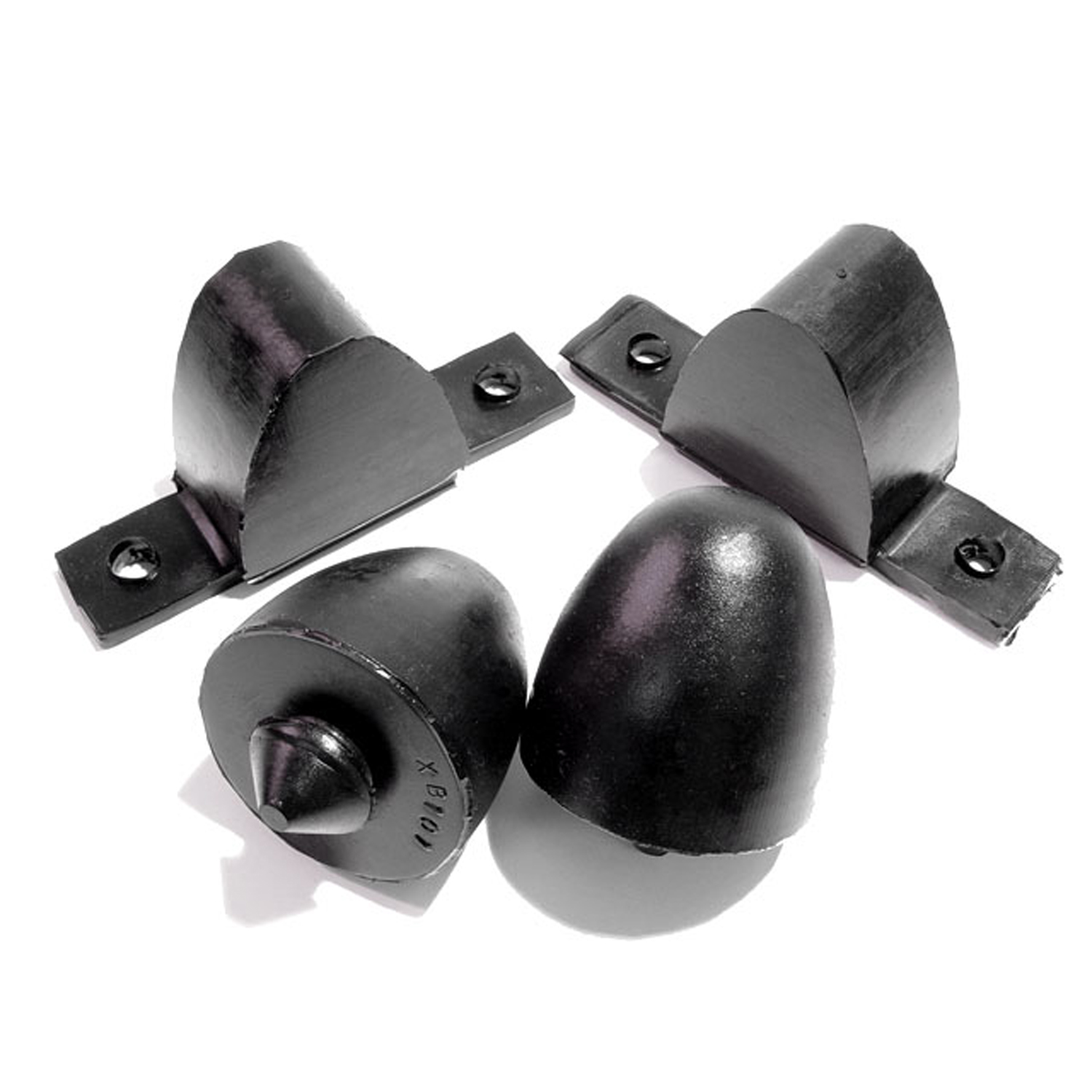 1970 Chevrolet Corvette Suspension Bumper Kit-XBK 100Suspension Bumper Kit
1970 Chevrolet Corvette Suspension Bumper Kit-XBK 100Suspension Bumper KitWhy Choose Metro?
For over 100 years, Metro Moulded Parts has been the pinnacle of quality in classic car restoration parts. Our commitment to precision and authenticity in every component ensures a perfect fit and an OEM-level appearance.
- Expert Craftsmanship & Quality: Each part is a testament to our dedication to reliability and perfection, crafted from original designs and thoroughly tested.
- Advanced Technology: We use cutting-edge techniques to create flawless, long-lasting parts that surpass others in performance.
- SuperSoft Sponge – The Ultimate Door Seal: Not only are our door seals 30% softer than competitors', but they're also guaranteed to never leak. They effectively reduce wind and road noise, enhancing your classic car's comfort and driving experience.
- Proudly American: Our parts are a product of American craftsmanship, made in the USA with a spirit of excellence and heritage.
- Unrivaled Warranty: We back our products with a 30-year industry-leading warranty, a testament to our confidence in their quality.
Join us in preserving the legacy of classic cars with parts that are crafted for perfection, not just made.

